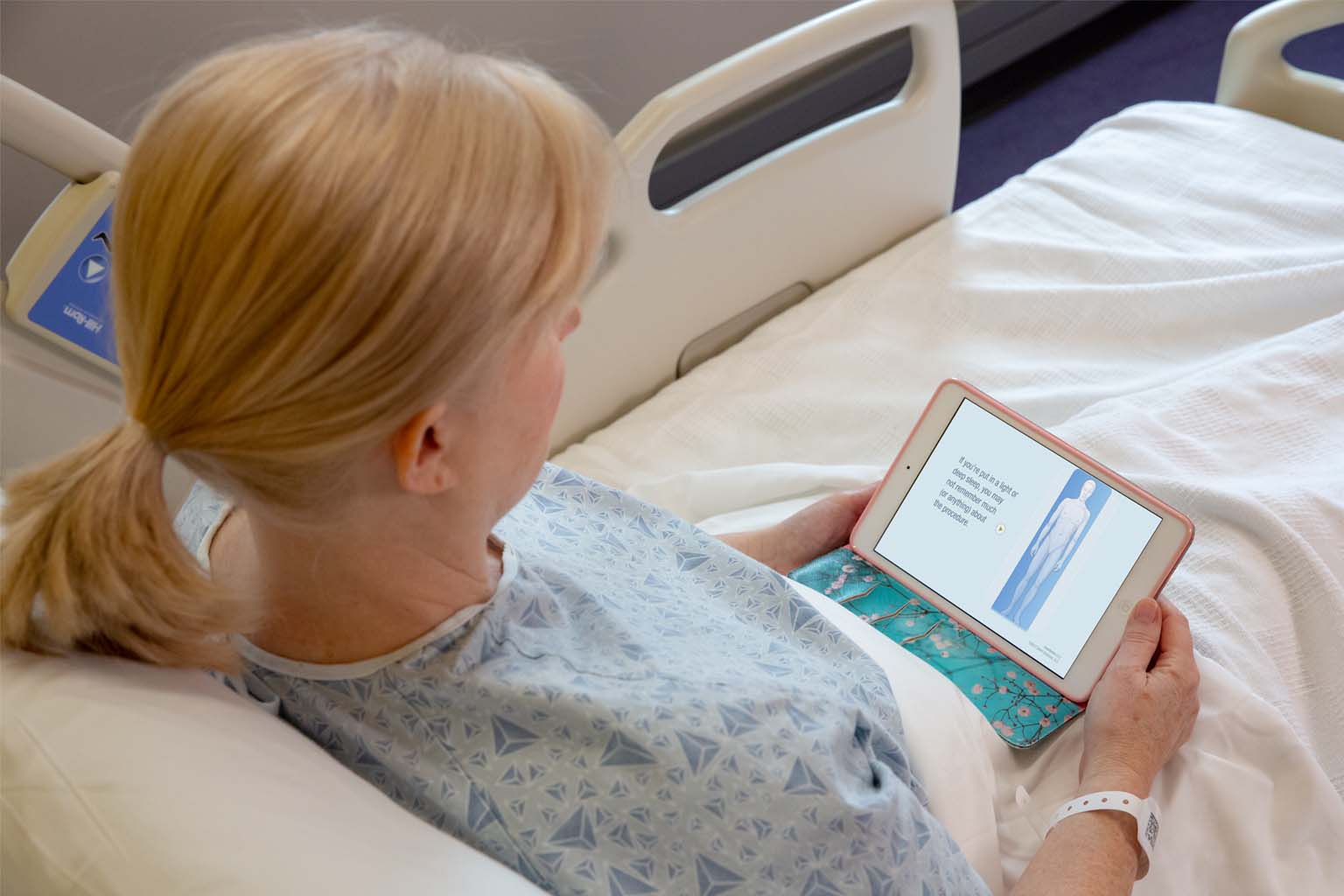Subjective
Begin your SOAP note by documenting the information you collect directly from your patient; avoid injecting your own assessments and interpretations. Include the following:
1. The patient’s chief complaint. This is what brought the patient to the hospital or clinic, in their own words.
2. The history of the patient’s present illness, as reported by the patient. To standardize your reporting across notes, include information using the acronym OPQRST:
- The onset of the patient’s symptoms.
- Any palliating or provoking factors.
- The quality of the patient’s symptoms.
- The region of the body affected and (if the symptom is pain) if there is any radiation.
- The severity of the patient’s symptoms and whether or not there are any other associated symptoms.
- The time course of the patient’s symptoms.
3. Pertinent medical history, including the patient’s:
- Past medical and surgical history.
- Family history.
- Social history.
4. A current list of the patient’s medications, including the doses and frequency of administration.
Objective
The objective section of your SOAP note should, unsurprisingly, comprise objective information you collect from the patient encounter.
1. Start with the patient’s vital signs. Be sure to record the patient’s temperature, heart rate, blood pressure, respiratory rate and oxygen saturation.
2. Transition to your physical exam. Begin with a general impression of the patient, followed by the results of your head, ears, eyes, nose and throat; respiratory; cardiac; abdominal; extremity; and neurological exams. Additionally, include the results of any other relevant exams you’ve performed.
3. Report the results of any other diagnostics that have been performed, such as:
- Laboratory tests, including basic metabolic panels, complete blood counts and liver function tests.
- Imaging, including X-rays, computed tomography scans and ultrasounds.
- Any other relevant diagnostic information, including electrocardiograms.
Assessment
After you’ve completed the subjective and objective sections of your note, report your assessment.
1. Craft a one- to two-sentence summary that includes the patient’s age, relevant medical history, major diagnosis and clinical stability. For example: “Ms. K is an 85-year-old woman with a past medical history of multiple urinary tract infections who presented to the emergency room with dysuria, fatigue and a fever secondary to a new urinary tract infection. She is now clinically stable and has transitioned from intravenous to oral antibiotics.” If the patient has multiple major diagnoses, these should all be mentioned in your summary statement.
2. If your patient is experiencing any new symptoms, be sure to include a differential diagnosis as well. Aim to include at least two or three possible diagnoses.
Plan
Complete your SOAP note with your plan.
1. Create a list of all of the patient’s medical problems. Your problem list should be ordered by acuity.
2. Propose a plan to manage each problem you’ve identified. For example, if you’re in the midst of treating a bacterial infection, indicate that you plan to continue antibiotics.
3. If you’re taking care of an inpatient, be sure also to note their deep vein thrombosis prophylaxis, code status and disposition.
As with any skill, practice makes perfect. Try to view SOAP notes as learning opportunities, and with enough effort and time, you’ll become proficient in drafting these vital medical communications.
Explore solutions for practicing clinicians, residents, students, and faculty from Lippincott Medicine and deliver better patient outcomes.




